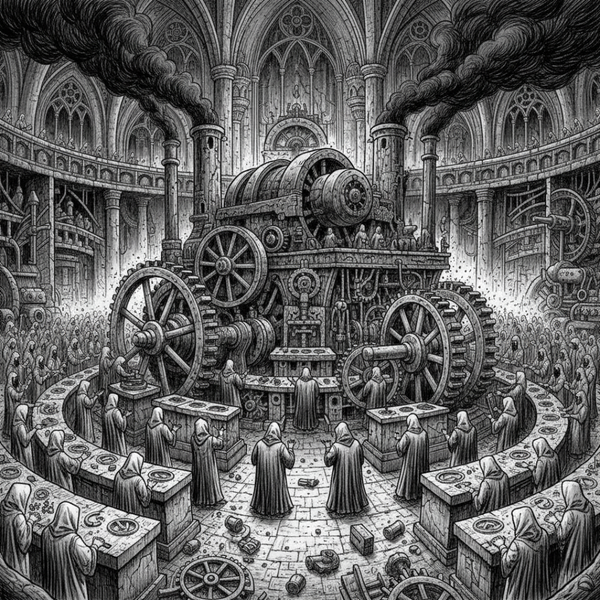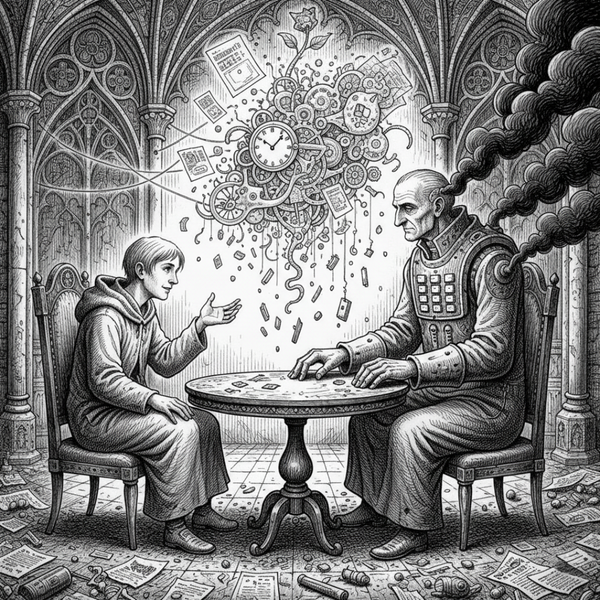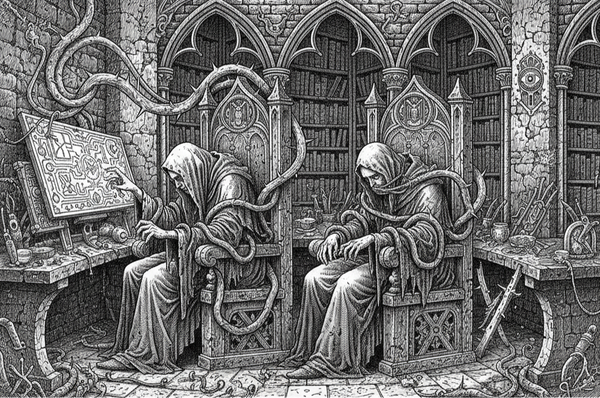Strong Teams, Weak Culture: Tribalism in the Workplace
Team spirit can easily turn into tribalism when leaders unintentionally reward loyalty over collaboration. This article explores how everyday habits like selective praise, casual criticism, and competitive incentives can fracture workplace culture, and what leaders can do to build unity instead.

A while back, I heard a manager casually criticise another team, pointing out that their work wasn’t good enough and even naming an individual as the “weak link.”
At first, it seemed like an offhand comment but it had a ripple effect. Team members began repeating that view, joking about “how bad” the other group was. Soon, collaboration between the two teams grew with tension.
Moments like this reveal how quickly team spirit can slip into tribalism. What feels like unity inside one group can quietly create fractures in the wider culture.
What Tribal Culture Looks Like
Tribal culture in the workplace is often subtle and mistaken for pride or loyalty.
You’ll notice it when:
- Teams speak in terms of “us and them.”
- Knowledge is kept within the group because “others wouldn’t get it.”
- People avoid asking other teams for help, fearing they’ll look weak.
- Meetings become defensive instead of collaborative.
- Frustrations about one team’s work turn into jokes that no one challenges.
On the surface, these teams look strong. They deliver, they bond, they defend their space.
But strength that divides isn’t culture, it’s fragmentation.
How Leaders Unintentionally Encourage It
Most tribal behaviour starts at the top. It is created through tone, structure, and example. Leaders often promote it without meaning to.
1. Praising only team-level wins
“Our team hit every deadline this quarter” sounds positive, but if cross-team dependencies made that possible, the message becomes narrow.
- Don’t: Highlight one team’s success without acknowledging others who contributed.
- Do: Recognise how collective effort made success possible.
2. Criticising other teams or individuals
A casual remark like “the DB team keeps holding us up” can quickly shape perceptions. It sets a tone of blame.
- Don’t: Vent frustrations about other teams in front of your people.
- Do: Address issues privately, focusing on solutions rather than fault.
3. Structuring incentives competitively
Bonus schemes that reward one team outperforming another seem motivating, but they create quiet resentment.
- Don’t: Tie performance metrics purely to team-specific outcomes.
- Do: Add shared metrics that require collaboration, such as customer satisfaction, delivery speed, or quality scores.
4. Tolerating dismissive attitudes
When leaders ignore jokes or remarks that belittle other groups, they legitimise exclusion.
- Don’t: Let negative talk slide because it “keeps morale up.”
- Do: Call it out gently—“Let’s assume good intent; they’re dealing with different challenges.”
Why It’s Dangerous
Tribalism feels harmless until its slow effects become corrosive:
- Knowledge hoarding – teams guard their expertise instead of sharing it.
- Decision gridlock – collaboration becomes a negotiation, not a joint effort.
- Reduced innovation – ideas die in the gap between groups that won’t engage.
- Morale damage – people caught between teams feel unwelcome everywhere.
A company divided into tribes wastes energy fighting internal battles.
Instead of uniting against competitors or challenges, it’s busy defending its corners.
What Leaders Can Do Differently
Shifting from tribal to collective culture isn’t about dampening team pride. It’s about connecting it to something larger.
- Celebrate shared success
- Frame every achievement in the language of “we.”
- Invite other teams to milestone meetings or retrospectives
- Design cross-team experiences
- Rotate responsibilities
- Host joint planning sessions
- Assign bridge roles that sit between functions
- Reward collaboration
- Include shared metrics in performance reviews
- Recognise when people go out of their way to help another group
- Model inclusive language
- Replace “our team does it better” with “let’s share what’s working.” People copy how leaders speak.
- Create organisational rituals
- Setup Town Halls to bring people together
- Schedule demo days to share projects and initiatives across the company
- Create cross-functional learning sessions that reinforce a single identity
Leadership culture is rarely defined by formal policies. It’s defined by tone, language, and how people behave when no one’s watching. Every leader’s small moment of restraint or empathy becomes a quiet signal of what’s acceptable. Over time, those signals form the true culture of the organisation.
Closing Thought
Teams are the building blocks of every organisation. But when they harden into tribes, the entire company structure becomes weaker.
Leaders shape whether those walls rise or fall through every comment, reward, and meeting.
Strong teams are valuable. But the strongest organisations are those where every team feels they’re part of something greater, rowing in the same direction, not guarding their own island.




